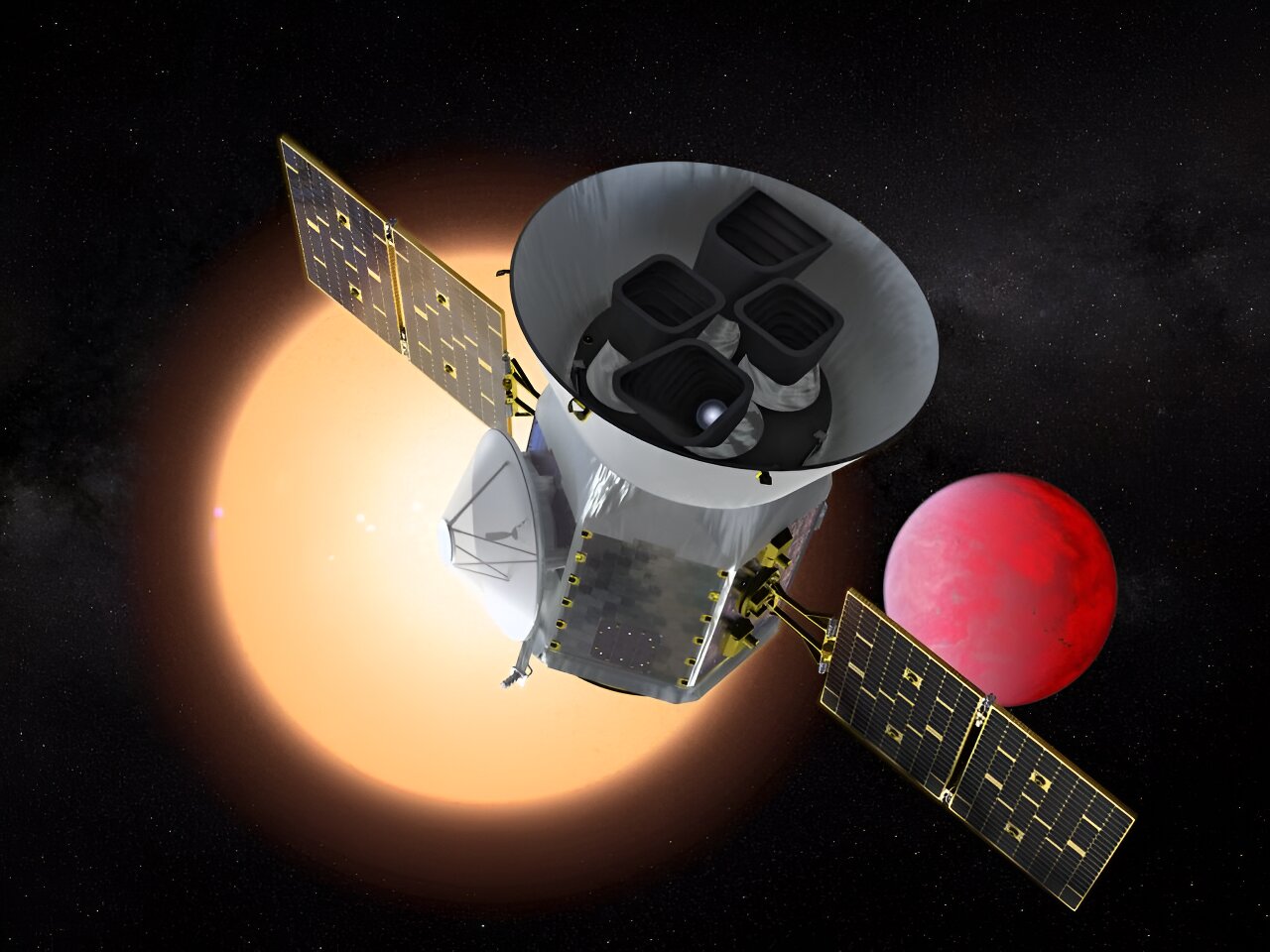The TESS Space Telescope has already discovered several thousand planets orbiting other stars. But the so-called orphan planet came across it for the first time. This is the name given to objects with a mass less than the mass of brown dwarfs, but which do not orbit one of the stars.

Orphan planet by TESS
Over the years of its operation, the TESS space telescope has discovered more than 5,000 planets orbiting other stars. Even more of the worlds it discovered still need to be confirmed. But recently, scientists working with this spacecraft have made an amazing discovery — an orphan planet that is not connected. The planet was detected by gravitational microlensing when it passed in front of the star, distorting its light and manifesting its presence.
We are used to the fact that all the planets that can be seen in the sky with the naked eye orbit the Sun. Exoplanets are not very different from them in this regard. However, all this does not apply to orphan planets. These mysterious objects travel through space without being gravitationally bound to any star. Their origin is highly controversial, but popular theory suggests that they were ejected from their star system during formation or perhaps later as a result of gravitational interaction.
Modeling suggests that there should be many such worlds in the galaxy, but so far scientists have managed to detect only a tiny part of their population. And this allows us to continue discussing what they are.
Search for worlds using microlensing
It is now believed that orphan planets of different masses have different mechanisms of formation. Those that are heavier can form in isolation from the collapse of gas, whereas those that have a small mass (comparable to Earth) are likely to have been ejected from some star system at one time. An article published in 2023 even suggests that, in general, there may be even more such objects in the Galaxy than worlds orbiting stars.
Detecting such wandering objects in space is much more difficult than one might expect. The limited emission (or reflection) of electromagnetic radiation makes them virtually impossible to observe. Gravitational microlensing is a method based on the fact that when a planet passes between us and a star, its gravity bends the trajectories of photons and from our point of view it “blinks”. However, as of today, only three orphan planets have been discovered in this way.
A team of astronomers uses TESS to search for such cases of microlensing. It is sensitive enough to detect the moment when an orphan planet passes between us and a star. But even this is not an easy hunt, since asteroids in our Solar System, exoplanets tied to stars, and even stellar flares can give false signals, but fortunately, the team led by Michelle Kunimoto has algorithms that will help identify potential targets.
The scientists published their results on the arXiv preprint server and reported on one candidate event associated with the star TIC-107150013, which is 10.4 thousand light-years away. The microlensing event lasted 0.074 days.
According to phys.org
Follow us on Twitter to get the most interesting space news in time
https://twitter.com/ust_magazine


